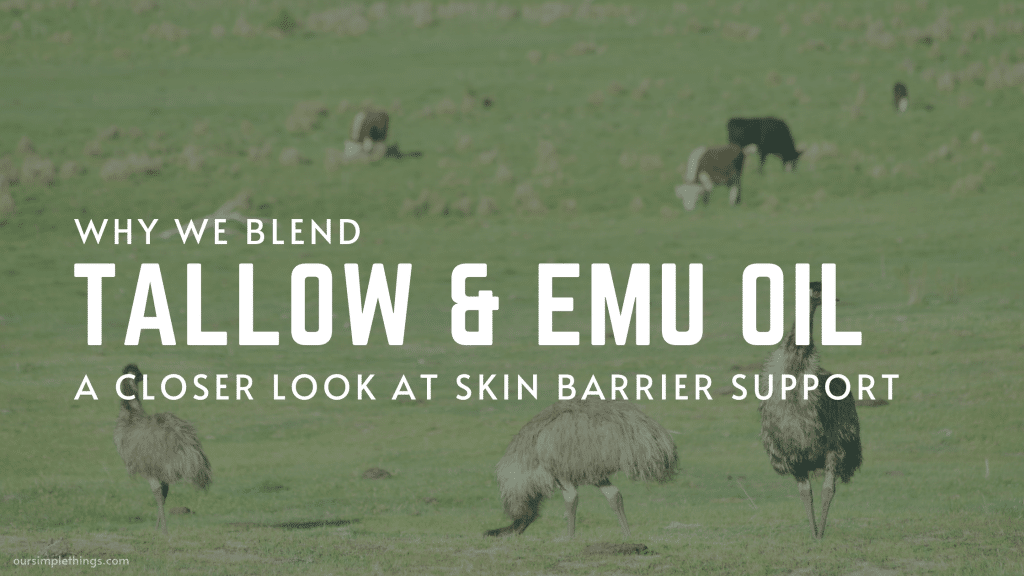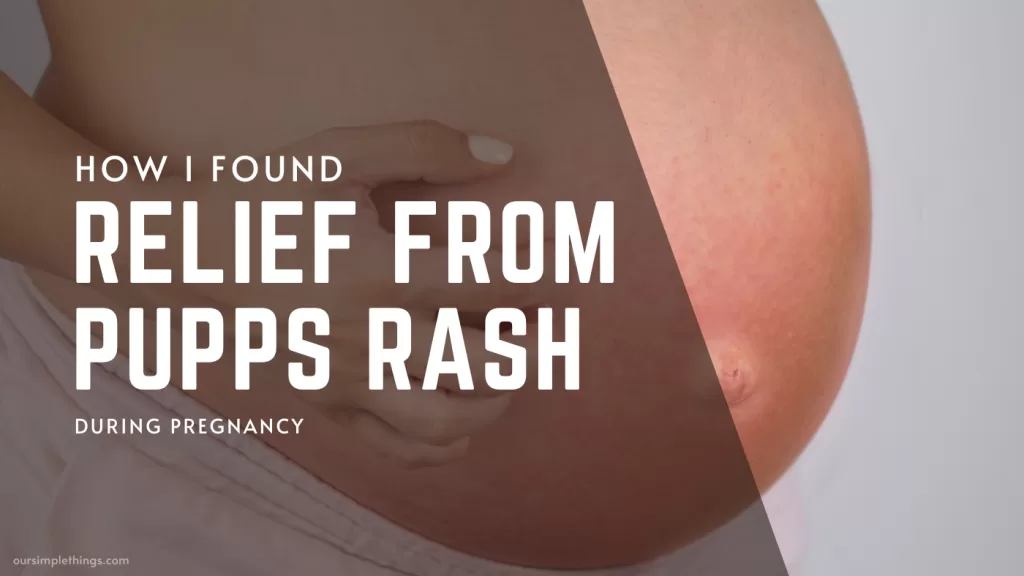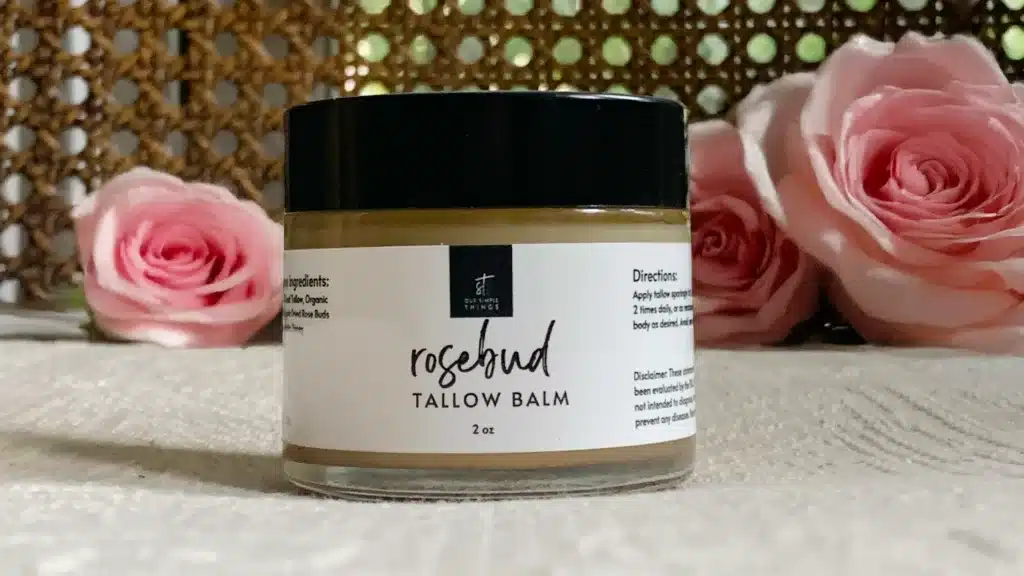Tallow is everywhere right now — and for good reason. Across TikTok, Instagram, and beyond, people are finally rediscovering what traditional cultures have known for centuries: animal fats are incredible for skin health.
But not all tallow balms are created equal. And when you dig into the actual science of skin barrier health, you realize pretty quickly that the right blend matters just as much as the ingredients themselves.
Our skin barrier is like a living armor. It’s made up of specialized lipids — fats and oils — that form a flexible but strong seal over the surface of our skin. This lipid matrix locks in moisture, keeps irritants out, and protects us from everything the outside world throws at us. (Rajkumar et al., 2023)
When that seal is damaged — whether from eczema, hormonal changes, sun damage, harsh skincare, or even just winter dryness — it’s not just dry skin anymore. Imagine a clay pot covered in a beautiful glaze. If the glaze cracks and crumbles away, the pot dries out faster, leaks, and eventually weakens. That’s what happens to our skin without its lipid barrier.
Many people try to fix this with petroleum-based or heavy emollient creams, but that’s like slapping duct tape over the cracks. It might stop the leaks temporarily, but it doesn’t restore the glaze. And while some of these conventional moisturizers can temporarily soften the skin, they often come with baggage: synthetic ingredients, fragrances, preservatives, and other chemical compounds that may not only irritate sensitive skin over time but also contribute to cumulative toxic load in the body. Some of these ingredients have even been linked to hormonal disruption or immune system interference, making it all the more important to choose products that truly work with your body’s natural systems, not against them.
Real repair requires nourishment that can actually soak in and rebuild from within. That’s where whole, bioavailable ingredients come in — and why the right kind of nourishment matters so much.
Why Tallow Alone Isn’t Always Enough
Grass-fed tallow is uniquely compatible with human skin because its fatty acid profile closely mirrors our natural sebum. It’s rich in palmitic acid (supports barrier function), oleic acid (deep moisturization), stearic acid (softens and strengthens skin), and fat-soluble vitamins A, D, E, and K — all of which are crucial for skin health and regeneration. (Madnani et al., 2024)
But here’s the catch: Pure tallow is heavy. Tallow, by itself, tends to be more occlusive. That means it forms a protective seal on top of the skin — fantastic for locking in moisture, but not necessarily optimized for deeper, dermal-level repair when skin is extremely compromised. It’s deeply nourishing, yes, but it needs something to soften and balance its density for everyday wear, especially on delicate areas like the face.
Why Other Tallow Blends Often Fall Short
Most brands soften their tallow with popular plant oils like jojoba, almond, or olive oil. These oils are fine — they improve texture, make application easier, and offer some additional benefits.
But when you look closer, they don’t fully solve the absorption problem.
- Jojoba oil, while often praised, largely mimics the wax esters in human sebum (Gruber et al., 2023). It sits nicely on the surface and provides excellent occlusion. However, jojoba tends to remain more on the upper layers of skin. It’s hydrating and protective but primarily acts on the surface (Patzelt et al., 2011).
- Almond oil and olive oil offer great fatty acid content but are relatively large-molecule oils, meaning their penetration is limited mostly to the superficial epidermis (Patzelt et al., 2011).
So while they improve the feel, they aren’t necessarily transporting nutrients deep into the skin structure where real rebuilding happens.
Why We Chose Emu Oil Instead
The cool thing about emu oil is that it’s one of the rare natural oils that can actually penetrate beyond the outermost layers of skin and reach deeper strata — possibly even the microvasculature (tiny blood vessels) within the dermis. (Abimosleh et al., 2012)
Unlike plant oils, emu oil is rich in both monounsaturated and polyunsaturated fatty acids, including oleic acid, linoleic acid, and palmitic acid — mirroring the skin’s own lipid structure (Shatalebi & Roostaei, 2015).
And it doesn’t just carry itself deeper — it can act as a carrier for other beneficial compounds infused into the balm, like frankincense resin, rosehips, turmeric, magnesium, and more. (Afshar et al., 2016; Sundralingam et al., 2020)
This matters because when you’re working with skin that’s truly compromised — eczema, psoriasis, postpartum skin damage, deep dehydration — you’re not just trying to moisturize. You’re trying to restore and rebuild at a much deeper level.
In short: tallow provides the structure and nutrients. Emu oil helps them actually get to where they’re needed most. And while it would have been easier (and cheaper) to simply add a lighter plant oil to our tallow like many companies do, we chose to invest in pure, pasture-raised emu oil for this very reason: the real results come from nourishing the skin at every level, not just the surface.
Why It Matters for Real Skin Challenges
For people battling eczema, dermatitis, hormonal breakouts, postpartum skin issues, aging or dry, cracked skin, it’s not enough to just seal in moisture. You have to rebuild the lipid layers.
By blending tallow with emu oil, we create a balm that:
- Seals and protects like traditional tallow, but…
- Nourishes and rebuilds by delivering critical nutrients deep into the skin’s structure.
This approach doesn’t just patch up dryness — it supports real, lasting repair.
It’s also why our formulas are free from essential oils, which (despite being natural) can often disrupt skin barrier healing (see our full breakdown on essential oils here).
We keep it simple, purposeful, and grounded in actual skin biology — not trends. That’s why so many of our customers have found relief where conventional lotions and synthetic barrier creams failed.
It’s why our products work so beautifully for sensitive skin, for hormonal skin changes, for children, and even for delicate areas healing from rashes, scarring, or postpartum issues.
It’s not a gimmick. It’s not trendy. It’s simply how real, whole, living skincare works.
When you rebuild the foundation, the surface takes care of itself.
Final Thoughts
At the end of the day, our goal isn’t just to make a tallow balm that feels good on your skin for a few hours. It’s to partner with your skin at a biological level — helping it rebuild what’s been lost, strengthen what’s still there, and stay resilient long term.
And that’s why we pair grass-fed and grass-finished tallow with pasture-raised emu oil — not because it’s trendy, but because it’s scientifically, nutritionally, and practically better.
When you know better, you formulate better.
Thanks for nerding out with us.
Sources:
- Abimosleh, S. et al. (2012). Emu oil: a novel therapeutic for disorders of the gastrointestinal tract?. Journal of Gastroenterology and Hepatology.
- Afshar, M., et al. (2016). Effects of topical emu oil on burn wounds in the skin of balb/c mice. Dermatology Research and Practice
- Gruber, J., et al. (2023). Passive enhancement of retinol skin penetration by jojoba oil. Clinical Cosmetic and Investigational Dermatology
- Madnani, N., et al. (2024). Revitalizing the skin: exploring the role of barrier repair moisturizers. Journal of Cosmetic Dermatology
- Patzelt, A., et al. (2011). In vivo investigations on the penetration of various oils and their influence on the skin barrier. Skin Research and Technology
- Rajkumar, J., et al. (2023). The skin barrier and moisturization: function, disruption, and mechanisms of repair. Skin Pharmacology and Physiology
- Shatalebi, M., & Roostaei, M. (2015). Preparation and physicochemical evaluation of benzoyl peroxide 5% foamable emu oil emulsion. Jundishapur Journal of Natural Pharmaceutical Products
- Sundralingam, U., et al. (2020). Efficacy of emu oil transfersomes for local transdermal delivery of 4-oh tamoxifen. Pharmaceutics



